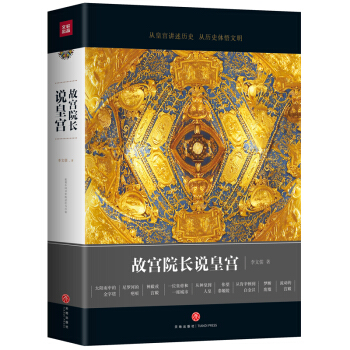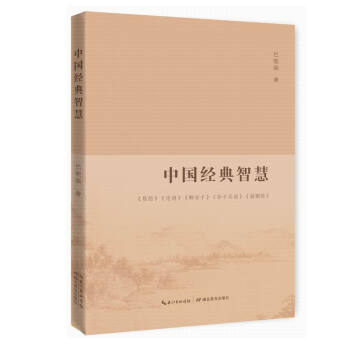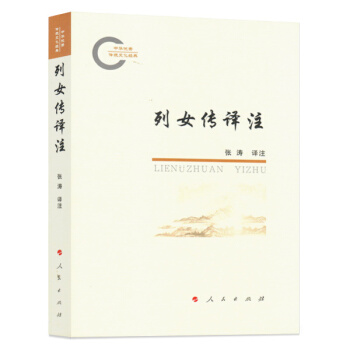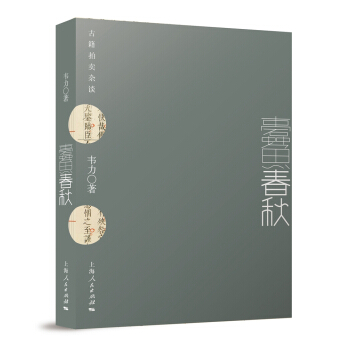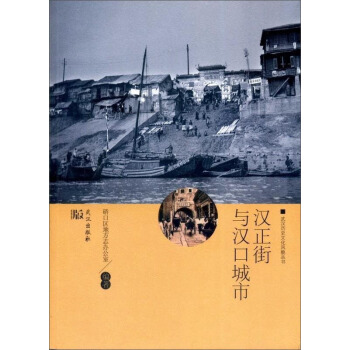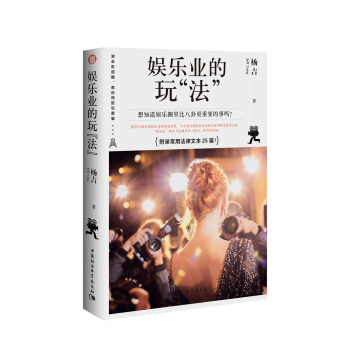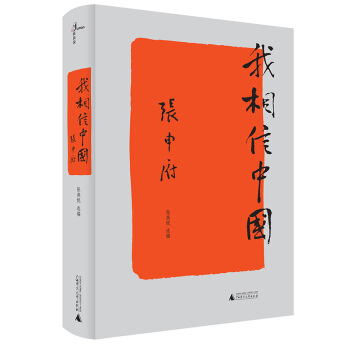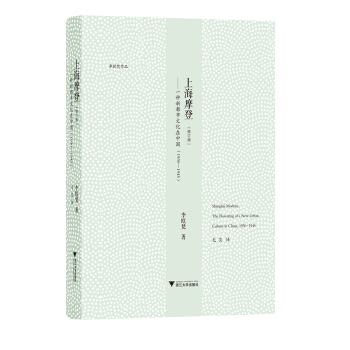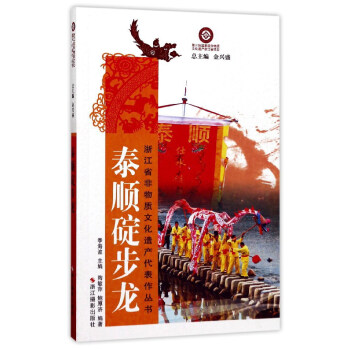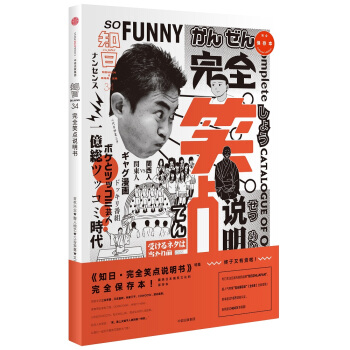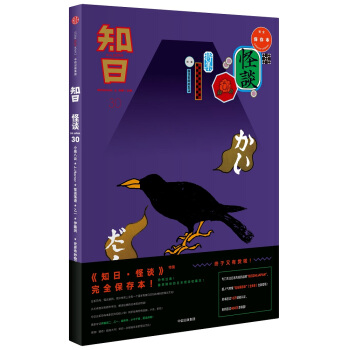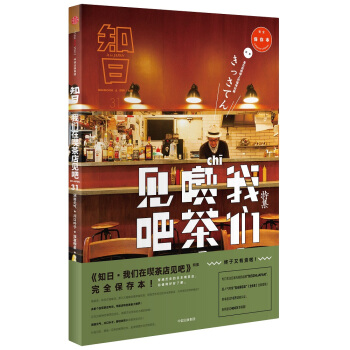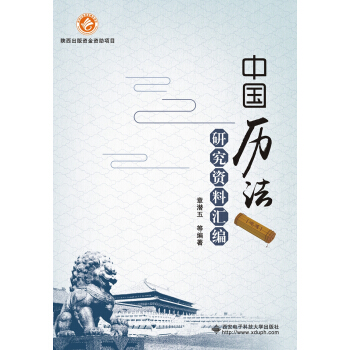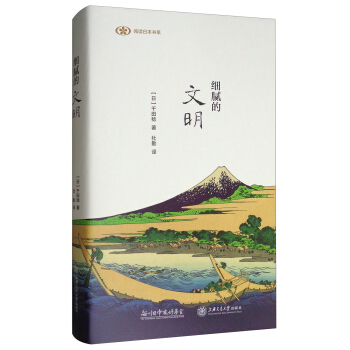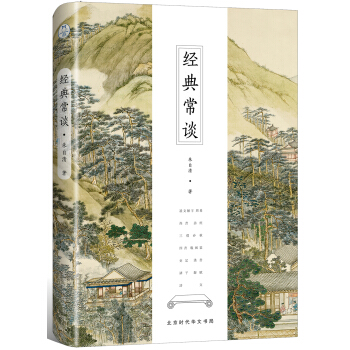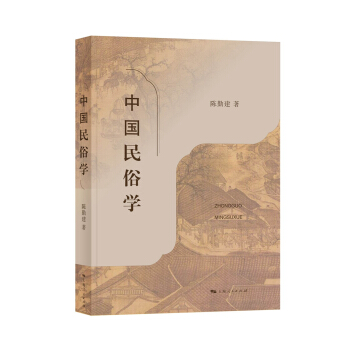![上海:夢之地 [Shanghai: Mosaic of Dreams]](https://pic.tinynews.org/12224628/59c3478bN33bb8169.jpg)

具體描述
編輯推薦
適讀人群 :希望深入瞭解上海的外國友人,希望提升英語水準的中國讀者,涉外導遊等。The book is neither a history book nor a tour guide. It starts with people’s daily life and their stories, which actually reflects Shanghai’s history, culture and tradition behind. Anyone who is interested in Shanghai may read it from any page they like. To help readers have a rough idea of Shanghai and navigate easily to their interested topics, the book is divided into four sections, which are “Things you may not know about Shanghai”, “Shanghai Facts”, “Shanghai Style” and “Happening Shanghai”. After reading, readers may finally realize that Shanghai is a place worth visiting, working and living in.
內容簡介
Shanghai is a place where East meets West and East meets a new self. It is a link between history and modernity, a bridge between local and global, and a showcase of inclusiveness and dynamism. According to our survey, however, not a few foreigners have out-of-date stereotypes about Shanghai, and even China. In order to introduce a developing and livable Shanghai to the world and attract global talents, the book aims to look into the details of Shanghai’s history, culture and people’s daily life, unfolding a unique view of the city that may be new for the reader. The book also tells stories of the newcomers who come to Shanghai for career, romance and more, showcasing Shanghai’s legacy as a city of dreams.
作者簡介
The book was first compiled in Chinese under the guidance of Shanghai cultural experts, who contributed valuable inputs and comments on the structure and contents of the book, and guaranteed the facts to be true. Secondly, the book was translated by a team of native English speakers who have a good knowledge of both English and Chinese,such as Kathryn Minnick, Celine Garbutt and so on, presenting the contents in a native and appealing way. And it was finalized by Chai Mingjiong who commands nationwide prestige in the field of translation.
內頁插圖
精彩書評
1. 有角度,有高度,豐富充實瞭海派文化。
2. Most English books on Shanghai can be divided into the following types: chorography, tour guides and photo collections. Chorography may be too serious for the public to read; tour guides are mainly for travelling purposes; photo collections are visually pleasing but lack proper explanations. Therefore, we try to produce a book that introduces Shanghai in a structural and appealing way to foreigners, telling close-to-life stories accompanied with beautiful pictures. Instead of introducing official historical facts and cultural development, we focus on specific items such as time-honored brands, shikumen (a common housing architecture in Shanghai), nightlife, Shanghai-made food, etc. It is the details in life that attract readers and connect with them the most.
目錄
PREFACE
THINGS YOU MAY NOT KNOW ABOUT SHANGHAI
SHANGHAI FACTS
A Tale of Two Rivers
History: Becoming Shanghai
Shape of Shanghai
Rise of a Global Financial Center
Elements of Urban Life
"Strange" Shanghainese
SHANGHAI STYLE
Traditionat Shanghai
Time-Honored Brands: A Modern Revival
Academies: Inheritance and Innovation
Shikumen: Traveling Back Through the Stone Gate
Everybody Loves the Bund
Get Thee to a Show!
Lost in Museums
The Ancient Towns Next Door
Tapestry of Belief
Chic Shanghai
Where Trends Begin
Creative Effervescence
Shake the Night
Just Buy It!
A Cup of Fun, Please
Taste Shanghai
East or West, Shanghai-made is the Best!
What's in the Salad Bowl?
It Only Tastes Right Here
HAPPENING SHANGHAI
You Are Part of Shanghai
Dialogues Through Time: Why Shanghai?
Interviews: Dreaming the Dream
Cefine Gar6utt: The Boundless Love Between Me and Chinese
Weichong Khor: Shanghai - a Great Entry Point into the
Chinese Market
Xu Chunchun: From London to Shanghai, From LSE to SerendiPPo
George Fleming:. Shanghai Life
Stone Shi: Combining a Love of Delicious Food and Entrepreneurship - Shanghai Presents Unlimited Opportunities
Will Boyd: A Shanghai Foreign Son-in-law Infatuated by Chinese Culture
精彩書摘
"Strange" Shanghainese
The Wikipedia article on “Shanghainese People” presents photos of six notable Shanghainese – Xu Guangqi , a pioneer in promoting Sino-Western cultural communication in the Ming Dynasty (1368-1644 CE); Zhou Xuan, an iconic singer nicknamed the “Golden Voice” in the 1930s; Soong Ching-ling , the “Mother of Modern China”; Eileen Chang, one of China’s most influential modern writers; as well as two well-known athletes, Yao Ming and Liu Xiang . In Chinese culture, a person’s hometown refers to his or her ancestral home. In this sense, these six notable people were not “authentic” Shanghainese – Zhou Xuan was born in Jiangsu Province; Soong Ching-ling’s father was born in Hainan Province; Eileen Chang came from a prestigious family in Hebei Province; and the hometowns of Yao Ming and Liu Xiang are in Jiangsu Province. As for Xu Guangqi, who is known as “the first Shanghainese” in modern times and whose grandparents and parents lived in Shanghai – his earlier ancestors were also migrants to the city.
The origin of these Shanghai celebrities reflects the fact that a majority of Shanghainese are migrants or descendants of migrants. During the 150 years since Shanghai was opened to foreign trade in 1843, the city witnessed four large waves of migration. In the 1860s, a large number of refugees from Jiangsu and Zhejiang provinces fled to Shanghai due to the Taiping Rebellion. In the 1910s, when the Republic of China was founded, Shanghai attracted a large group of migrants and even immigrants who were seeking their fortune due to the city’s stable environment and thriving economy. In the late 1940s, civil war drove numerous refugees into Shanghai. Later, in the 1990s, the development of the Pudong New Area led to Shanghai’s full recovery and a huge number of people from other regions and countries flocked here to start new careers and lives. As of the end of 2014, “permanent residents from other regions or countries” constituted 40 percent of the population of Shanghai; and a big portion of the remaining 60 percent was “New Shanghainese” who lived and worked in Shanghai and had obtained a Shanghai hukou.
Shanghai, due to its long history – similar to New York and Hong Kong – of accepting migrants, is an exception to traditional cities: it is always open to the whole world. It is a melting pot where people of various origins meet, where rules come before the power of clans and personal relations, and where people with different accents, backgrounds and viewpoints can talk freely. In the process, Shanghai has received both praise and criticism from people of other regions and countries.
Shanghainese have a reputation for being disciplined and trustworthy both in business and in daily life. They always play by the rules and seldom step out of line or take advantage of loopholes, thus enjoying high favor among their business partners worldwide. In addition, Shanghainese have a strong sense of responsibility. They play an active role in charity and voluntary work, ranging from community affairs to national or even global public welfare activities. Shanghainese are also regarded as well-bred people with broad horizons, as evidenced by the fact that Shanghai students often enroll in prestigious universities overseas and adult Shanghainese show a high level of proficiency in English that can rival Hong Kong residents. Even those who don’t particularly like Shanghainese have to admit that they have a taste for fashion and an elegant lifestyle and are competent at work and skillful in social interactions.
However, some traits of Shanghainese leave much to be desired. The most notorious is their exclusiveness. Although Shanghainese insist they only exclude those who show little respect for Shanghai culture and behave disgracefully when staying in the city, the conflict of interest resulting from a swelling population and the shortage of urban resources aggravates this tendency towards exclusion, turning it into “regional discrimination.” Shanghainese also come under attack for their shrewdness. Shrewdness can be seen as a sign of reason and wisdom, but in fact, the shrewdness of Shanghainese manifests more as being stingy, snobbish and calculating. What’s more, behind the attractive appearance of Shanghainese is a certain vulgarity of taste and manners. For example, they like to talk loud in dialect in public places and they walk their dogs or go shopping in their pajamas. Given the various ste
用戶評價
評分
評分
評分
評分
評分
評分
評分
評分
相關圖書
本站所有内容均为互联网搜索引擎提供的公开搜索信息,本站不存储任何数据与内容,任何内容与数据均与本站无关,如有需要请联系相关搜索引擎包括但不限于百度,google,bing,sogou 等
© 2025 book.tinynews.org All Rights Reserved. 静思书屋 版权所有


